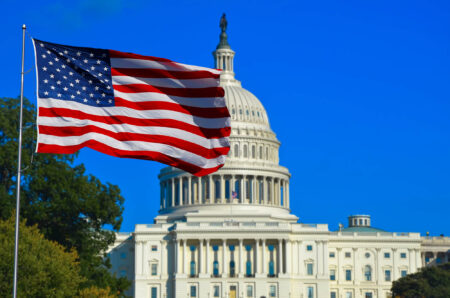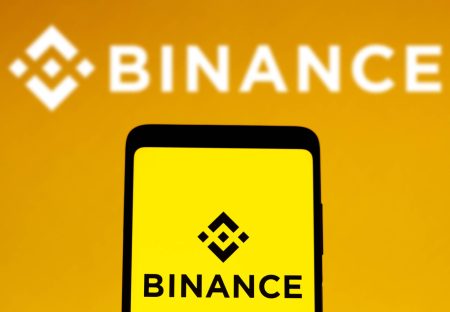The largest cryptocurrency exchange, Binance, is restricting its withdrawal limit for unverified users by 97% effective immediately, among other measures. The proactive step against money laundering is intended to counter ongoing allegations by regulators.
The largest crypto exchange by trading volume has sharply reduced its daily withdrawal limit. Unverified accounts could previously withdraw up to 2 BTC. Now, only around $2000 (0.06 BTC) may be withdrawn per day. The change has already been implemented for new users, and will be phased in for existing users by August 23. Introducing a limit on daily withdrawals is a common practice among most crypto exchanges to curb illegal activities such as money laundering. With the new measures, the highest-volume crypto exchange appears to be addressing regulatory pressures.
Account verification requirements
For basic account verification, Binance simply asks users to provide a name with date of birth, nationality and address, as well as a personal email address. However, these are not checked against any official government-issued identity or document. Once an account is fully verified and users have provided identification, up to 100 BTC (worth about $3.7 million) may be withdrawn within 24 hours. This limit has not been adjusted.
The lowering of the limit for basic verification indicates that Binance wants to make it more difficult for unknown users to abuse the previous daily limit. This is an attempt to limit possible cases of illegal activity. In addition, the rule will also make it more difficult for Binance users to trade cryptocurrencies without going through the exchange's KYC (Know Your Customer) process.
Binance wants to be regulated
The move comes at a time when Binance is under heavy fire from regulators around the world, for its lack of KYC and financial reporting rules. Previous reports have suggested that Binance is under investigation for non-compliance with global anti-money laundering (AML) regulations. As a result, the exchange has recently been looking to strengthen its systems to fully comply with existing regulations. Just recently, it was announced that Binance will implement the Financial Action Task Force (FATF) Travel Rule.
"Where a legal framework for crypto exchanges exists, we have initiated the process for licenses and permits. This includes ongoing work in Asia Pacific, EMEA and Latin America. We will actively engage with regulators everywhere as more crypto-specific frameworks are introduced." - Changpeng Zhao (CZ), Binance CEO
The company is also highlighting the move with personnel. In late April, Binance hired Brian Brooks, a former top regulator and acting head of the U.S. Comptroller of the Currency (OCC). Speaking to reporters, Zhao also revealed that he may step down if a successor can resolve these regulatory issues better than he can. He stresses that he is not forced to do so, but would do it for the good of the company.
From startup to financial services provider
Binance's CEO recently responded to the investigations, confirming that the exchange plans to step up its compliance efforts and change its mindset from a "start-up to a financial services provider". The exchange stopped trading tokenized shares earlier this month, under pressure from regulators in the U.S., Japan, Hong Kong, the U.K., Italy and the Cayman Islands.
The move is part of an effort to "shift commercial focus to other product offerings". In addition, numerous trading pairs that involved the Australian dollar (AUD), the euro (EUR), and the British pound (GBP) will be removed. Voluntarily, and to protect new investors, the maximum leverage for new users has also been capped at 20x.
Binance also intends to establish regional headquarters if approved by regulators, which would mean centralizing operations. In addition, a tax reporting tool will be introduced that will allow Binance users to easily track their crypto activities. This is to ensure, and make it easier for users comply with the specified reporting requirements of the respective regulators.




